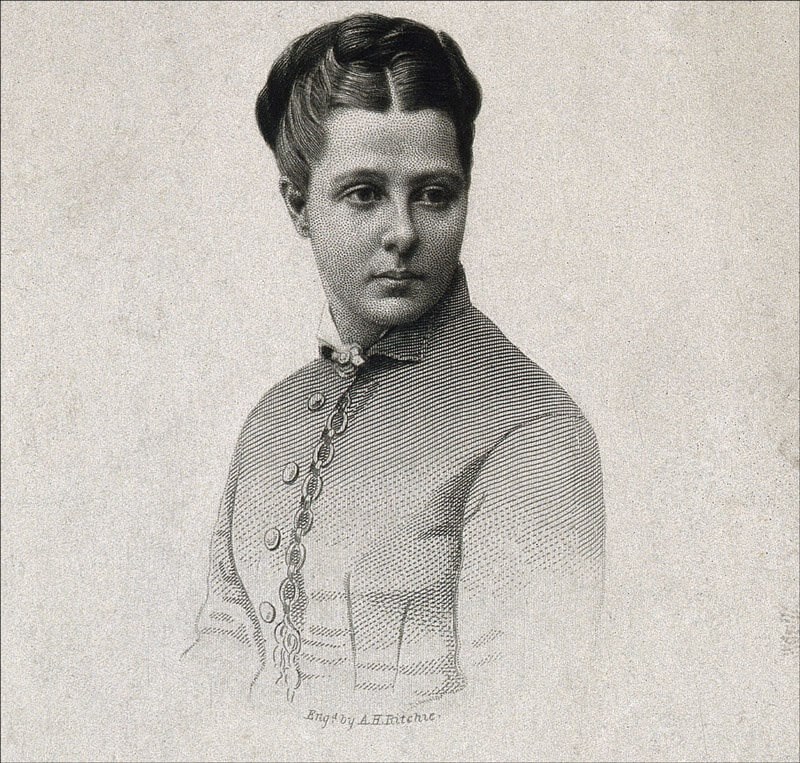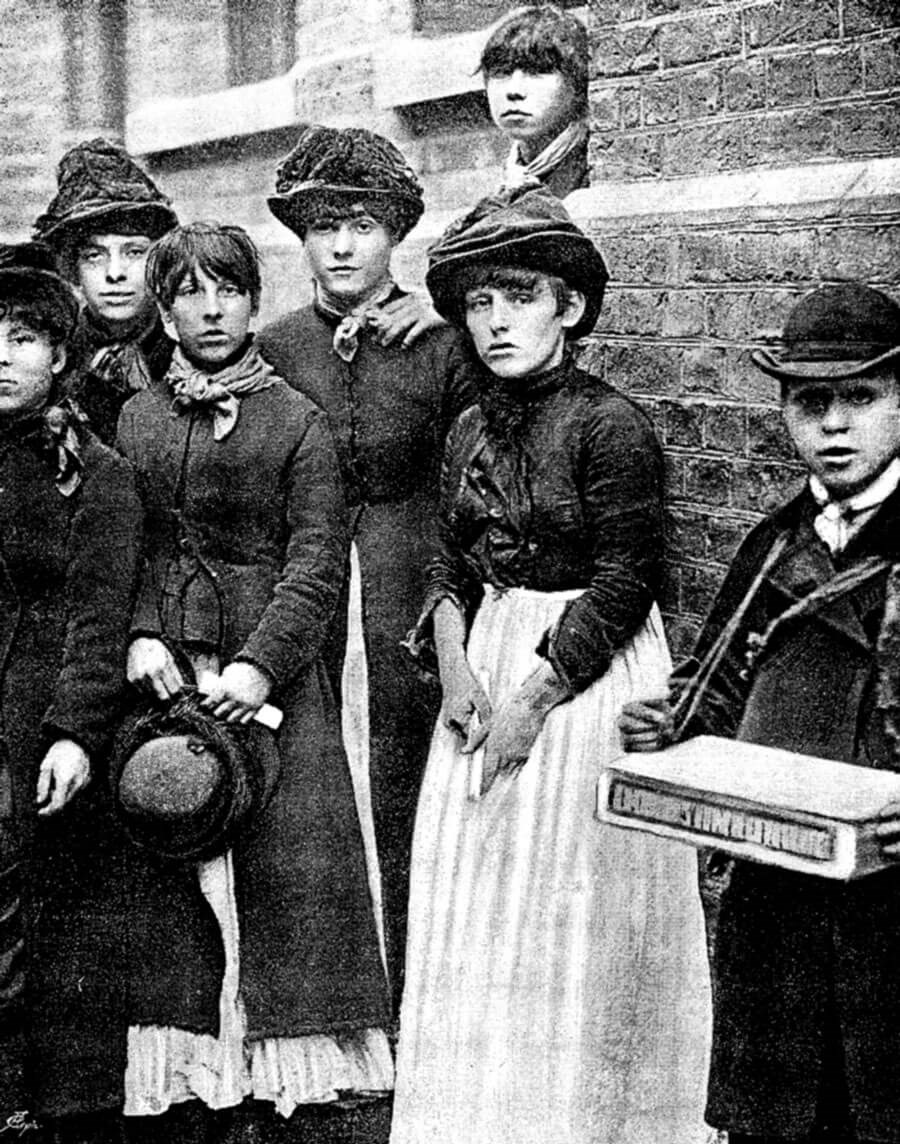Poor working conditions, long hours, low pay – and the prospect of a dangerous and disfiguring osteonecrosis of the jaw. These were the triggers for the 1400 ‘matchgirls’ of the Bryant and May factory to strike in July 1888, a significant landmark in the history of industrial action [1].
Reports of ‘phossy jaw’, a condition whereby phosphorus caused osteonecrosis of the jaw in those working with the material, had been circulating around Europe since the 1840s. In 1852, Charles Dickens had written an article about it entitled ‘One of the Evils of Matchmaking’, describing young, poor, factory workers experiencing progressive disintegration of their dentition and mandibles [2]. When the Bryant and May match factory was opened in Bow, London, in 1861, they used red phosphorus to produce the ignitable ‘safety’ match heads. However, citing demand for the more convenient (but less thermodynamically stable) ‘strike anywhere’ matches, they switched to the more dangerous white phosphorus shortly after production began.

Annie Bessant by AH Ritchie ©Wellcome Collection.
The plight of the matchgirls (mostly teenagers, but some as young as six) was captured by Annie Bessant in her weekly magazine The Link on 23 June 1888 [3]. She detailed meagre wages further reduced with disproportionately punitive fines, as well as a factory floor fraught with not only industrial jeopardy, but also violent foremen. The poverty, debility, and most of all, the fury of the employees, was palpable in Bessant’s article, scathingly contrasted with the shareholder’s dividends of over 20%. Bryant and May threatened Bessant with legal action. They also demanded that their workers deny her assertions; when they refused, there was a sacking prompting the matchgirls to walk out on 5 July.

Members of the Matchmakers’ Union. ©Wellcome Collection
A strike committee was formed, garnering growing support from several members of parliament, the London Trades Council and the national press. Under increasing pressure, the directors of Bryant and May acceded to all their demands on 17 July. As well as the discontinuation of fines, fairer disciplinary procedures and the formation of a union, they also agreed to separate rooms for eating away from the phosphorus, which was thought to be a precipitant of phossy jaw.
Unfortunately, despite Factory Acts passed in the early 1890s mandating reporting of phossy jaw cases, and fines for Bryant and May for neglect of their workers in 1898, the company continued to use white phosphorus, producing 36,000,000,000 matches per year. In 1908 the White Phosphorus Matches Prohibition Bill was passed, although it took until 1 January 1911 before the use of white phosphorus became illegal. However, the success of the matchgirls, and their subsequent Matchmaker’s Union, arguably bolstered the momentum of both the burgeoning trades unions and the Great Dock Strike the following year, paving the way for the UK’s new labour movement.
Today, all matches have red tips, and white (now known as yellow) phosphorus is mainly confined to producing fertilisers, cleaning compounds and incendiary weapons. But the link between therapeutic bisphosphonates, and osteonecrosis of the jaw, is still evident today.
References
1. The Matchgirls Memorial.
https://www.matchgirls1888.org/
the-story-of-the-strike
Last accessed August 2023.
2. Dickens C. One of the Evils of Match-Making. In: Household Worlds, Vol 5. 1852:153.
3. Bessant A. White Slavery in London. In: The Link 23 June 1888:2




